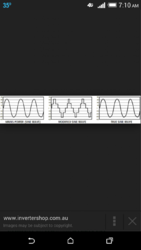Used one in 2000 when business kept me from cutting a stick of wood. The heat pump had died from lack of use in the ninties. Heated the house great placed in the entryway where heat moved up the stairs and I could take it out on the porch to fuel it. But I just could not leave the house or go to bed with it burning.
Every morning when I would light it I would hear the Little Brown Haired Girl upstairs with her best Robert Duvall imitation say "God I love the smell of kero in the morning!".
Every morning when I would light it I would hear the Little Brown Haired Girl upstairs with her best Robert Duvall imitation say "God I love the smell of kero in the morning!".





